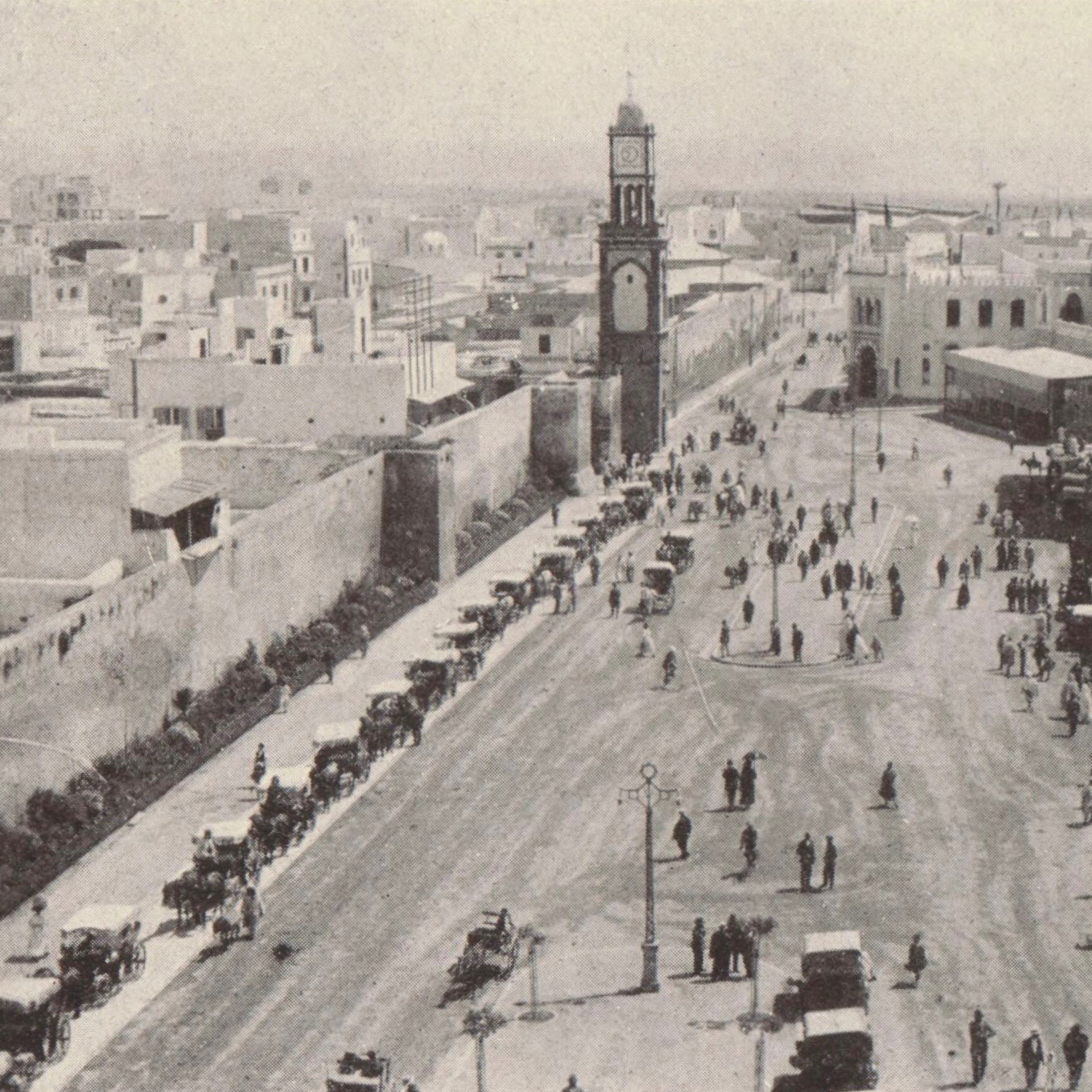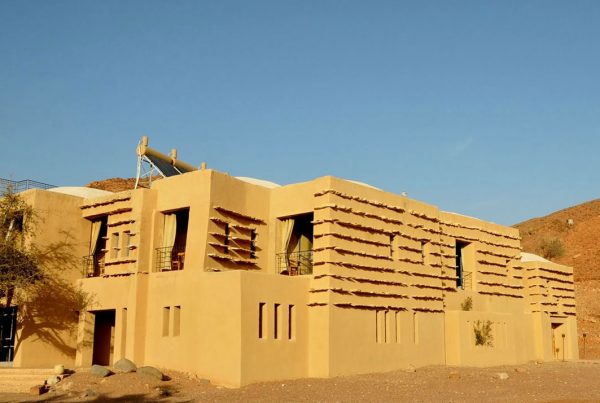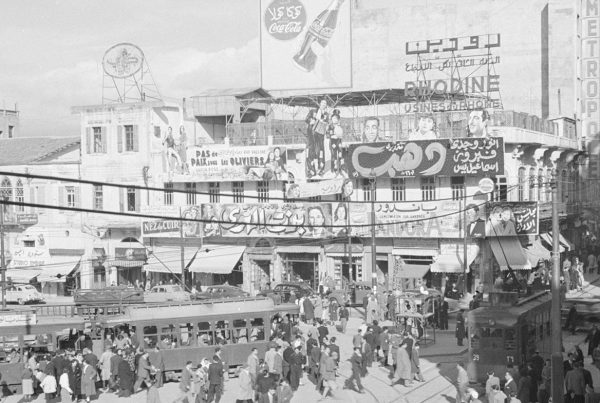Colonial architecture is a generic term which describes the architecture style from a “mother country” which has been incorporated into the buildings of their distant colonies, often creating a hybrid between the design characteristics of a local country and the architectural precepts fashionable in the occupying power of the time. Certainly, those undertaking a trip through North Africa today cannot help but be reminded of its colonial past in certain buildings, whether this is the French influence in Morocco, Algeria, and Tunisia, the Italian in Libya, Eritrea and Somalia, and the British in Egypt.
At the same time it should be recognised that, in some parts of the region, many buildings erected in the colonial era have been deliberately destroyed, in order to erase traces of former occupation.
However, the buildings that do remain from the colonial era tell the observer as much about the mentality of the colonising power as they do about the architectural style of the times. For those who fell under the protectorate of the French, there was a desire to integrate local countries into Greater France. Italy, meanwhile, had no such desires, seeking to recreate the home country in the lands that they occupied. The British meanwhile regarded colonisation more as an economic rather than cultural event, and were content to leave things as they were as long as the money found its way back to London.
French colonization of Morocco
In Morocco, arguably some of the finest examples of French colonial architecture are to be found in Casablanca, where the country first French resident general, Louis Hubert Gonzalve Lyautey, hired French architect Henri Prost to redesign the city in the early 20th century. Unlike traditional medieval cities like Rabat and Marrakech, Casblanca is relatively new, and was planned after the establishment of the French protectorate in 1912. The results can still be seen today in the wide boulevards of the centre, which remind the visitor of Hausmann’s Paris, and buildings which meld French colonial style and traditional Moorish features.
Casablanca also became a centre for architectural experimentation, and current evidence of this include a mix of neo-classical, Art Deco, Art Nouveau and Neo-Moorish structures, all existing side by side. However, the city is also an illustration of the conflict that exists between those who want to preserve colonial architecture, with the demands of modern society. Only 49 buildings in the city are currently listed, with many older structures torn down on safety reasons, or to make way for more modern buildings.
An example in question is the Hotel Lincoln, built in 1916, in its day one of the great Art Deco structures of its kind. However, after decolonisation it was allowed to decay. Its façade was blackened by traffic, the floors began to collapse, and it became uninhabitable. However, after decades of discussion, the decision to renovate it has finally been made, and renovations have started this year, with the project due to finish in 2022.
Italian colonization of Libya
The legacy that the Italians left in Libya, and to a lesser extent, in the other territories they claimed for themselves, Eritrea and Somalia, was a more political one, particularly during the Fascist era of Mussolini. To try to encourage Italian settlers to move to the country, 26 “ventimila” villages were built, mainly in coastal regions and in the more fertile parts of Libya. All the villages had a school, a church, a doctor’s office, somewhere to collect the post, a police station and a Fascist party branch office. The architectural style echoed that to be found in Italy at the time, with little or no acknowledgement made of local traditions. Architecture, in this context, was regarded as a purely ideological tool. These villages also had a central square, typical of Italian life, and did not allow for the private courtyards which Arabs prefer.
Sadly though, years of war has seen scores of buildings dating from the Italian era either destroyed or reduced to ruins, such as the King Idris Palace in Benghazi, which is where Libya declared its independence in 1951. And whilst officials may be determined to restore this architectural heritage, with the country still politically divided, and the economy in tatters, it is hard to know how and when this can be achieved.
British colonization of Egypt
Egypt, and Cairo, in particular, reflects architectural styles dating back millennia, and incorporates the thoughts and cultures of the multiple peoples that have lived, worked and traded there. Whilst the British controlled the country between 1882, and 1956, they did not seek to impose any particular architectural style on the buildings. However, at the same time, they oversaw the importation of innovative architectural ideas from other parts of Europe.
One example of this is the Gazira Palace in Zamalek, which was designed in 1864 by the Austrian architect Franz Bey, and features cast-iron porticoes which were made in Germany and then reassembled on site. Bey was also responsible for the completion of the Mosque or al-Rifa’I, which was begun in 1869.
And then, showing how colonialism could work in reverse there is the case of Isma’il Pasha, who ruled Egypt between 1865 and 1879. After visiting the Paris Exposition Universelle in 1867, he returned enthused by the ideas of Baron Hausmann, ordering local architects to incorporate many of his concepts in the future design of the city.
There is no one style of colonial architecture in North Africa but, rather, a series of distinctive styles that reflect the nature of the “colonists” as much as local circumstances. It should also be noted that much of this cultural heritage has been destroyed, either as a deliberate attempt to eradicate all traces of colonialism, or because of war and conflict. What remains though leaves a distinct legacy.









